Is Newer Always Better?
With the annual flood of new club releases and reviews, I’ve seen one question more than any other. It boils down to, “Is (newest version of a club) better/longer/more forgiving than (previous version).” In this lesson, I’m going to give the long form answer to that question, as well as discussing what you should expect when you buy new clubs or get fit.
Check out this lesson in podcast form HERE.
This Lesson Is For You If:
You’re considering new clubs
You’re buying or have bought new clubs
You have bought new clubs recently but your eyes are wandering
Evolution, Not Revolution
If I had a nickel for every time an OEM used words like “revolutionary” or “game changing,” I would have a lot of nickels. Unfortunately, such words seldom apply to the actual performance gains when we’re comparing a new club to the one that preceded it.
Before explaining that further, I want to be clear that the major OEMs work incredibly hard to make great clubs. They consistently use new materials, designs, and manufacturing techniques to squeeze out more performance within the rules of golf. They employ loads of smart people.
Unfortunately, those smart people also designed the last generation of clubs and the one before that. There is simply limited room to improve within the rules, budgets, and tastes of golf consumers. When an OEM does find a 3% improvement, that is a big deal, but you still may not see a major change on the course.
The Tradeoff With New Technology
There is nothing OEMs love touting more than “new technology.” That’s often a new material, but it could be a new manufacturing technique like 3D printing. Either way, it fills up exciting marketing copy and gets golfers hyped because new is always better, right?
Unfortunately, no. One thing that a lot of golfers miss when they think about “new technology” is that the “old” technology has been honed to a fine edge. Consider the first drivers that used carbon fiber. While they had a new, buzzy story, they weren’t leaps and bounds better than their competitors. You’re comparing the first iteration of a technology that might be better with the nth iteration of a proven technology. When a new technology is introduced, it’s exciting. However, only time will tell if it holds up and delivers meaningfully better results.
TLDR
I’m about to go category by category to discuss the changes I’ve seen in equipment in the last few years. If you don’t want to dig in that deeply, here’s the short version. Across categories, the newest version is probably slightly more consistent in terms of ball speed, launch angle, and spin rate than the last one. The sweet spot is probably a little bigger.
Those are very good changes, but they may not be noticeable or obvious, especially on the course. Where you really benefit from technology is on mishits. For a variety of reasons, most related to psychology and ego, that can be harder to appreciate, even if it is very beneficial to your score.
Driver Evolution
Let’s get into the specifics about what you can expect from a new driver versus one from last year. We’ll start with this critical fact: drivers cannot be any faster on center. It’s been many years since OEMs reached the USGA limit for ball speed on the center of the face.
What OEMs are chasing now is expanding that maximum ball speed area across the face. The goal is to give a shot that’s above, below, right, or left of the sweet spot the same amount of speed as one that’s pured. This is one of those evolutionary, incremental improvements. A shot 1/2″ toward the toe may have achieved 1.44 smash factor last year, but now it’s 1.45. Is that an improvement? Of course. Is it noticeable on the course? Not a chance.
OEMs are also aiming to raise MOI (stability) and to make their spin and launch more robust. Optimizing a driver’s performance is great, but it doesn’t mean much if mishits turn your long, nasty bombs into duds. Again, this process is iterative, though we have seen bigger jumps back and forth from year to year. Sometimes an OEM will sacrifice some forgiveness for, say, lower spin, but then revert back to a forgiveness focus the following year.
The areas where you may see significant changes from one year to the next are in launch and spin. Every OEM is constantly testing their equipment and getting feedback from players of all levels. If they get the sense that players found Driver Y too spinny, you can bet that Driver Z is going to be lower spin. Whether or not this benefits you will depend on your swing, which is why we always emphasize fitting. It’s also why we stress that any given characteristic – high spin, low spin, etc – is not objectively good or bad; it’s comes down to fit.
Finally, OEMs do make noticeable changes to the look, sound, and feel of their drivers from year to year. Generally speaking, they continue to get better at making “traditional” looking drivers more forgiving. That said, we’ll still see some exotic shapes here and there. These subjective characteristics can (and likely do) impact the way that you’ll swing the club, plus they can affect your enjoyment.
Fairway Wood & Hybrid Evolution
Much of what I just said about drivers applies to fairway woods and hybrids, but these clubs still deserve some individual attention. Generally, the ideas of making clubs hotter across the face and more stable holds true in these categories. Those elements of performance get measurably better year over year, but the differences may not be noticeable on course.
What’s different about these clubs is that they generally have not been maxed out for ball speed on center. In that regard, they do continue to improve iteratively, though it’s unlikely we’ll see hybrids at the USGA limit.
The other thing that needs to be noted about fairway woods and hybrids is that, unlike drivers, they have many jobs. There are players who don’t want maximum distance from a hybrid. There are players who want to use a FW as a scoring club, not a bomber. Because of this, we see OEMs offer an array of products in these categories. Any given club may be intentionally shorter and less forgiving because of the player it’s designed for. This isn’t a lack of evolution or a failure of design, it’s a matter of fit.
Iron Evolution
The iron category may be too broad to be useful for this discussion, so I’ll break it down. I’ll start with Super Game Improvement, Game Improvement, and distance irons, and then move to players irons.
In the SGI/GI/distance categories, we’ve seen unbelievably change in the last decade. Hollow body irons are now common, and many OEMs are using multi-material designs. This allows for a wide range of performance possibilities. Specifically, we’re seeing irons create faster ball speed (on center and off), launch higher, and generate less spin. Yes, some of this is the product of lofts [I discuss that HERE]. As with the other clubs, these improvements are small from year to year. If an OEM can squeeze out 1 more MPH on a center strike, that’s a big engineering achievement…that you won’t notice on course. These larger heads also give designers more room to boost MOI. By planting some tungsten in the corners of a big iron, they can make that toe strike feel a lot more stable.
Something I’ve noticed in the last year or two is that some OEMs are turning away (somewhat) from the distance chase in favor of playability. Even in their distance irons, they’re adding a little more spin so that approach shots can hold the green. If you currently have a very low-spinning iron set, you may find that the new sets are actually shorter. That doesn’t mean the new sets aren’t good (or maybe better) – it’s a question of priorities.
Turning to the players irons, the differences you’ll see from one product cycle to the next are even smaller. Over the last several years, better players have benefitted tremendously from the introduction of tungsten into players irons. This has given smaller club heads the forgiveness of larger ones. If you’re trying a multi-material head for the first time, you might be blown away, but if you are trading in your 2020 clubs for in 2023, the gap is likely to be small. The one area where I am seeing notable improvement is in launch and spin consistency. OEMs seem to be dialing in CGs more precisely than ever before. The result is launch and spin that don’t change much on mishits.
Wedge Evolution
Let’s start with a quick dose of reality: if your current wedge shots don’t stop in or near their own ball mark, a new wedge is not going to help you “pull the string.” Wedges have changed, but the difference is not night and day.
Over the last few seasons, we’ve seen three major trends in wedge design. First, we’re seeing a move toward higher centers of gravity [more on that HERE]. Second, we’re seeing OEMs use a variety of techniques to make their spin more consistent. Finally, we’ve seen the widespread acceptance of cavity back wedges.
If you’re switching from a traditional wedge to a cavity back wedge, you can expect to see a noticeable difference in performance. These CB designs do a better job preserving ball speed and distance on mishits – something you will notice on the course.
For players who are staying in the same type of wedge, the realistic best case scenario is an improvement that you don’t really notice. The consistency-boosting technologies will remove some of your fliers, but that can be harder to appreciate on the course. It’s easier to notice when your ceiling goes up than when equipment raises the floor.
Putter Evolution
The putter category is even more diverse than irons. There are companies making putters that haven’t changed meaningfully in almost 60 years. These sit alongside flat sticks that utilize multi-material 3D printing and spaceship shapes.
Additionally, the putter space sees a lot of novelty and one-off designs. Zero torque designs like those from LAB Golf [reviews HERE] don’t fit into our concept of evolution because they’re so far outside the norm. We could say the same of arm lock putters like the BioMech Acculock [review HERE] or stand-alones like the Bloodline T8 [review HERE].
All that said, what we’re seeing in the putter category at large is enhanced stability. Just like with irons, this is largely driven by the use of tungsten in both traditional and modern designs. We’re also seeing more weight adjustability both in the head and grip. However, as putting is dominated by the mind, I’d advise against thinking technology can make up for a bad fit or a club that you don’t have confidence in.
Manage Your Expectations
Buying a new club is exciting, but it can be fraught. While the clever part of our brain may know that a new piece of gear is unlikely to give our game a makeover, something in the back of our head is always holding out hope. As I’ve just explained in excruciating detail, the chances of buying a better game are very slim unless your clubs are quite old or you’ve never been fit. The improvements from year to year are there, but they’re unlikely to drive huge changes in the way you score.
He founded Plugged In Golf in 2013 with the goal of helping all golfers play better and enjoy the game more.
Matt lives in the northwest suburbs of Chicago with his wife and two daughters.
- Performance Golf Click Stick Training Aid Review - October 18, 2024
- Callaway Opus Platinum Wedge Review - October 17, 2024
- When to Take a Break from Golf - October 15, 2024



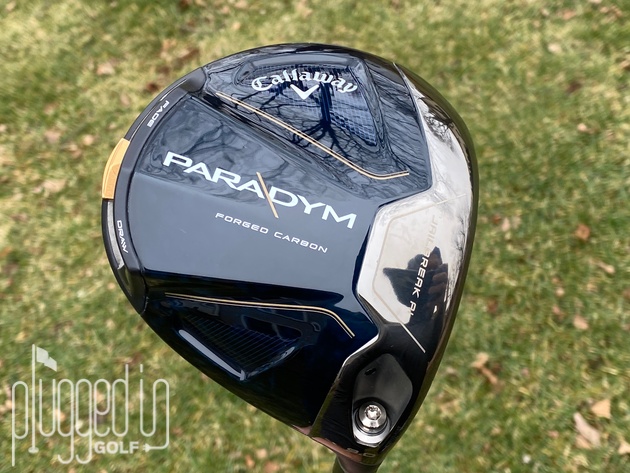
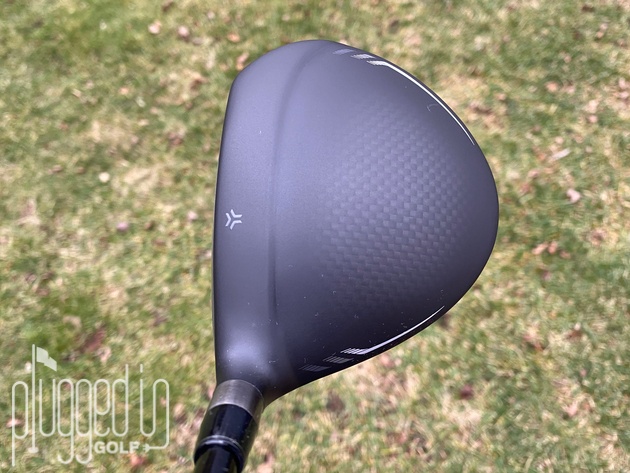

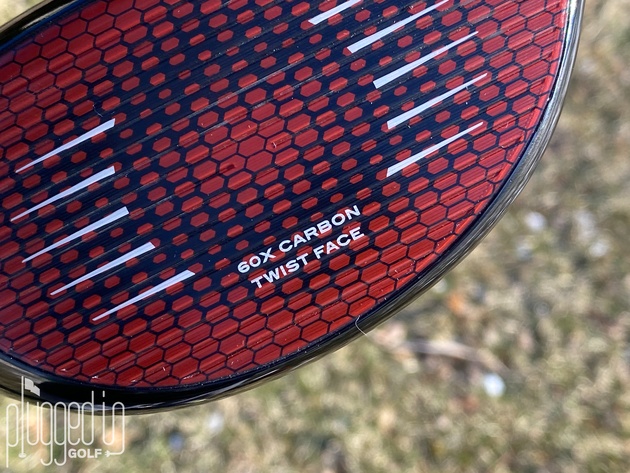
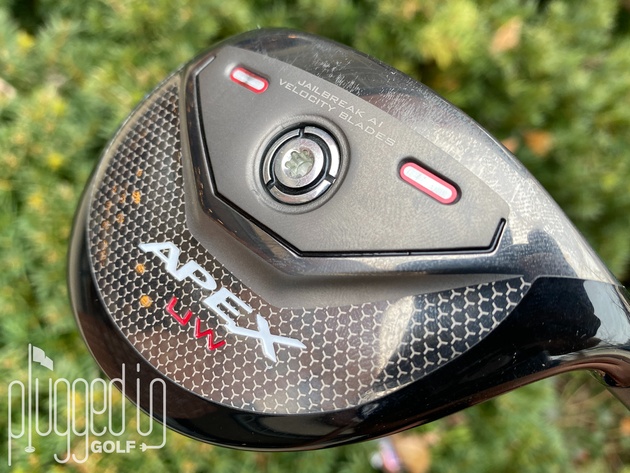
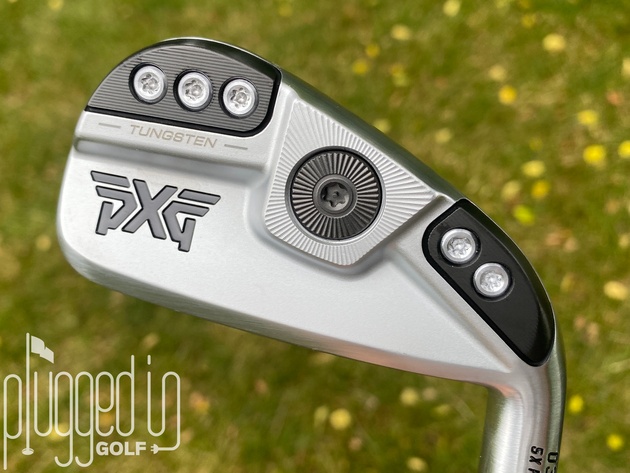
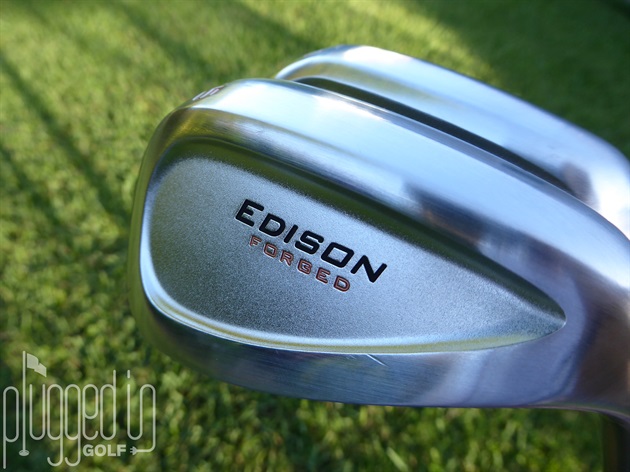
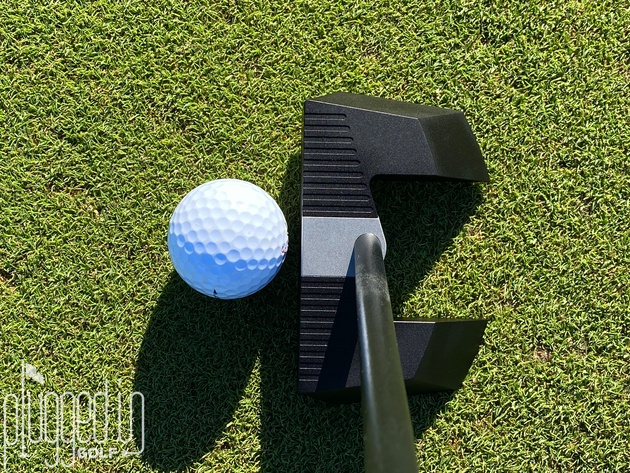
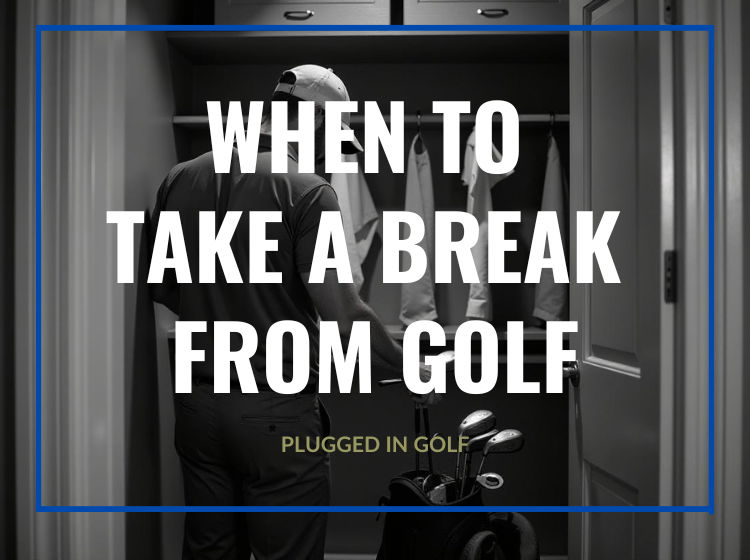
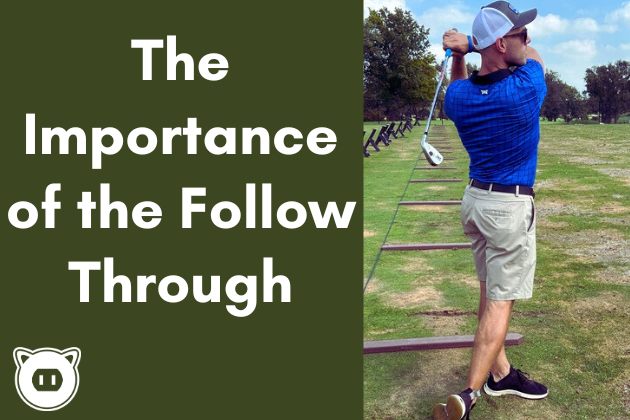
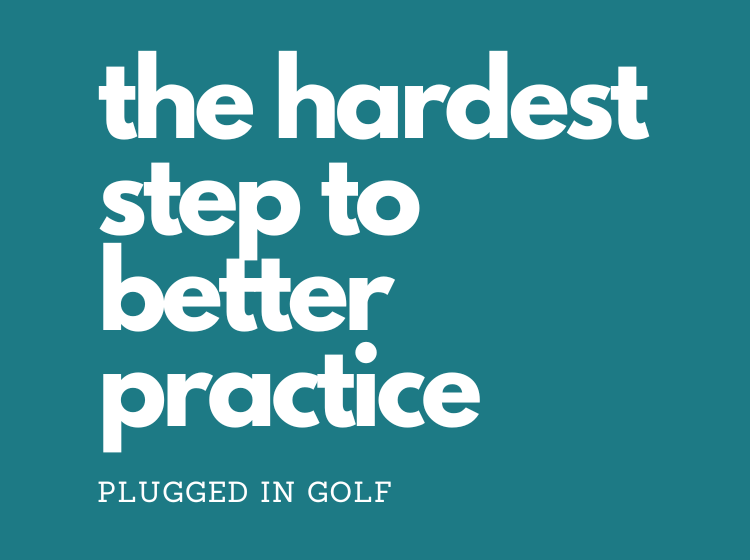









9 Comments
This is one of the best articles on new equipment that I have read in a long time. Your honesty in evaluating the newest upgrades is very much appreciated. I have always been a fan of your articles and use this site as a go to when researching equipment. When manufacturers say they have increased the sweet spot by x percent, they never say what actual size the sweet spot was so x percent is minimal. Three percent of a pinhead is not going to produce 15 yards. Keep the rerviews coming and thanks again for your honest and enlightening information.
This by far is the best article you’ve written! You don’t endorse any brand, but tell what the difference or evolutionary process of the manufacture of golf equipment. Great article! Thank You for that.
This something I have noticed with experiencing both new and “old” clubs. Very little difference. Its nice to see and read confirmation what most of us golfers know but still chase the newest and greatest.
Thanks for this excellent, honest commentary on managing expectations of new clubs. It’s been my experience that even getting fit for new clubs also has limited positive effects on the course although the potential for better results is greater with a good fitter. Getting better through practice, a good exercise program and in some cases lessons probably exceeds any gains from new equipment for most people. in my opinion.
Matt,
Excellent article! I am buying new irons, and maybe woods, this Spring. Currently hitting Northwestern TW276 blade irons, 3-PW. Should I be? I would say not, but that is what has been in my bag on and off for the last 20 year and for the last 6 straight years. Plus they are a little short (1/4-1/2 inch) for me. These blades are named after Tom Weiskopf and his win at The British Open in 1973 (score of 276). When I catch them right…POW…off the ball goes. But when not…definite large difference. A bit of new technology has been invented since these were forged. It will be interesting to see the difference. I’ll let you know.
Great overview and also really a good directive for many golfers who have never been fit for their clubs to go book an appointment with a personal club builder (and not a big box store).
After a few fittings, lot of research and a lot of experimentation (yeah I like wasting money trying new clubs 🤣) I’m learning what seems to work better for me.
Case in point – wife and I were traveling recently and played a round of golf at a nice course .. where we rented clubs. I got a nice set but the typical men’s setup, including shaft type and weights, which I knew in advance I might struggle with .. and yeah I had trouble hitting the ball well with them .. especially the irons and wedges…. Ended up using more clubs from the women’s set!
Point is: lessons are indisputably the biggest contributor to improved golfing performance, but if you feel like you’re “fighting” your clubs you may want to visit a qualified fitter 👍
Matt, was it you who went to a club fitter one time and walked away with a swing tip that improved your club head speed?
I’ve always thought the best way to spend money getting better at golf was to buy lessons, not clubs.
I think you’re referring to this: /how-i-gained-over-10-mph-of-club-speed-in-one-lesson/
Buying lessons is a good way to spend money if you want lessons. Buying clubs is a good way to spend money if you want clubs.
Best,
Matt
Excellent blend of objective information and common sense. Your comments on what may be new and cool but make little difference to the golfer swinging the club is spot on. Is am an equipment junkie but have become more realistic on what to really expect with new clubs.
“ Buying lessons is a good way to spend money if you want lessons. Buying clubs is a good way to spend money if you want clubs.”. Brillliant, thanks!